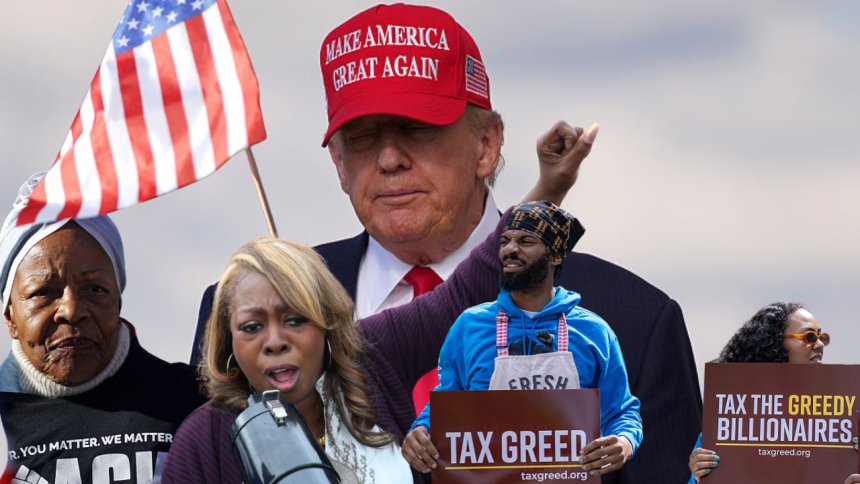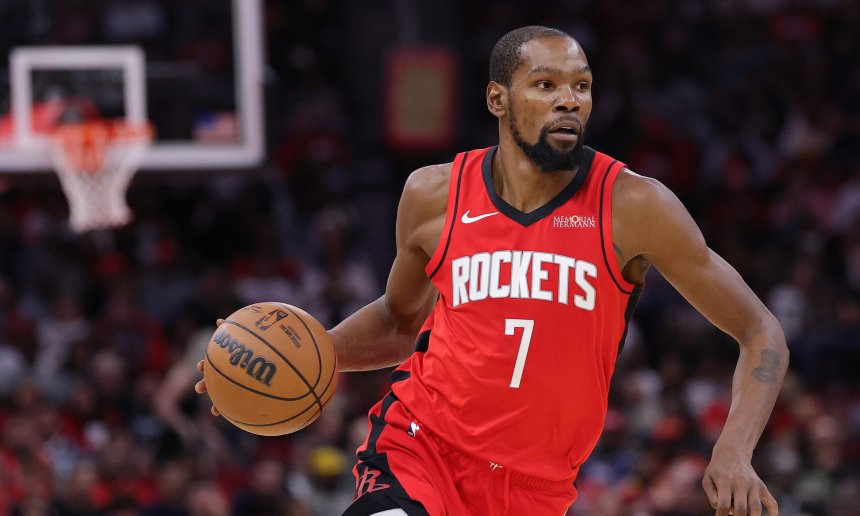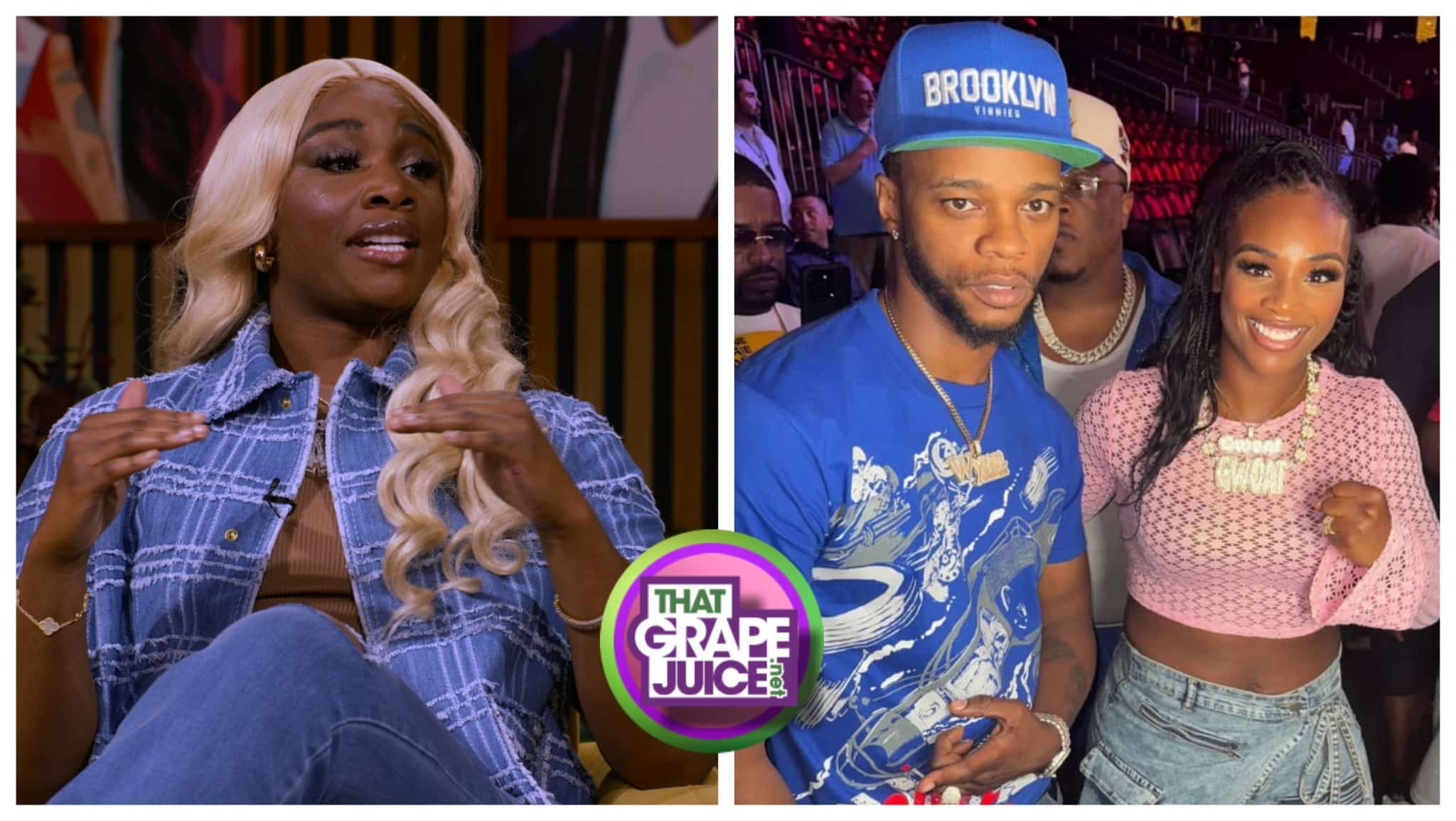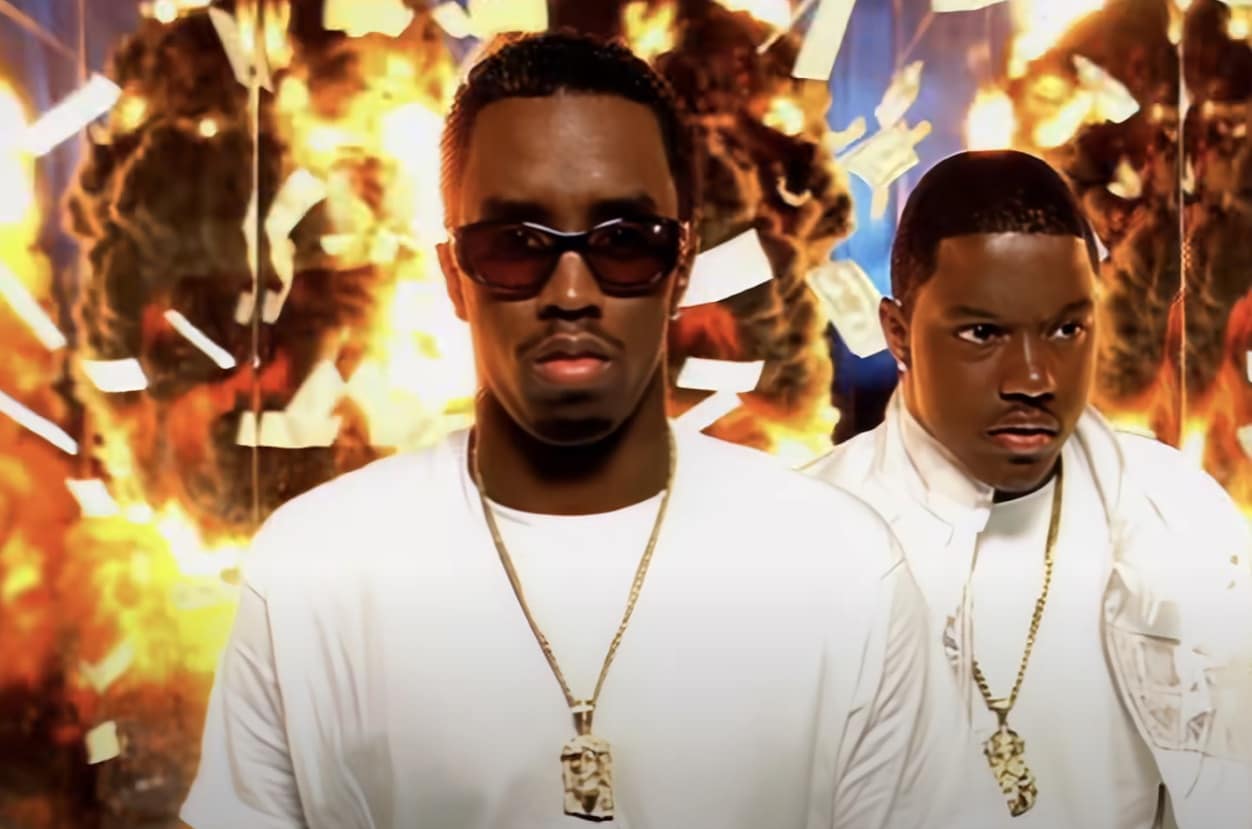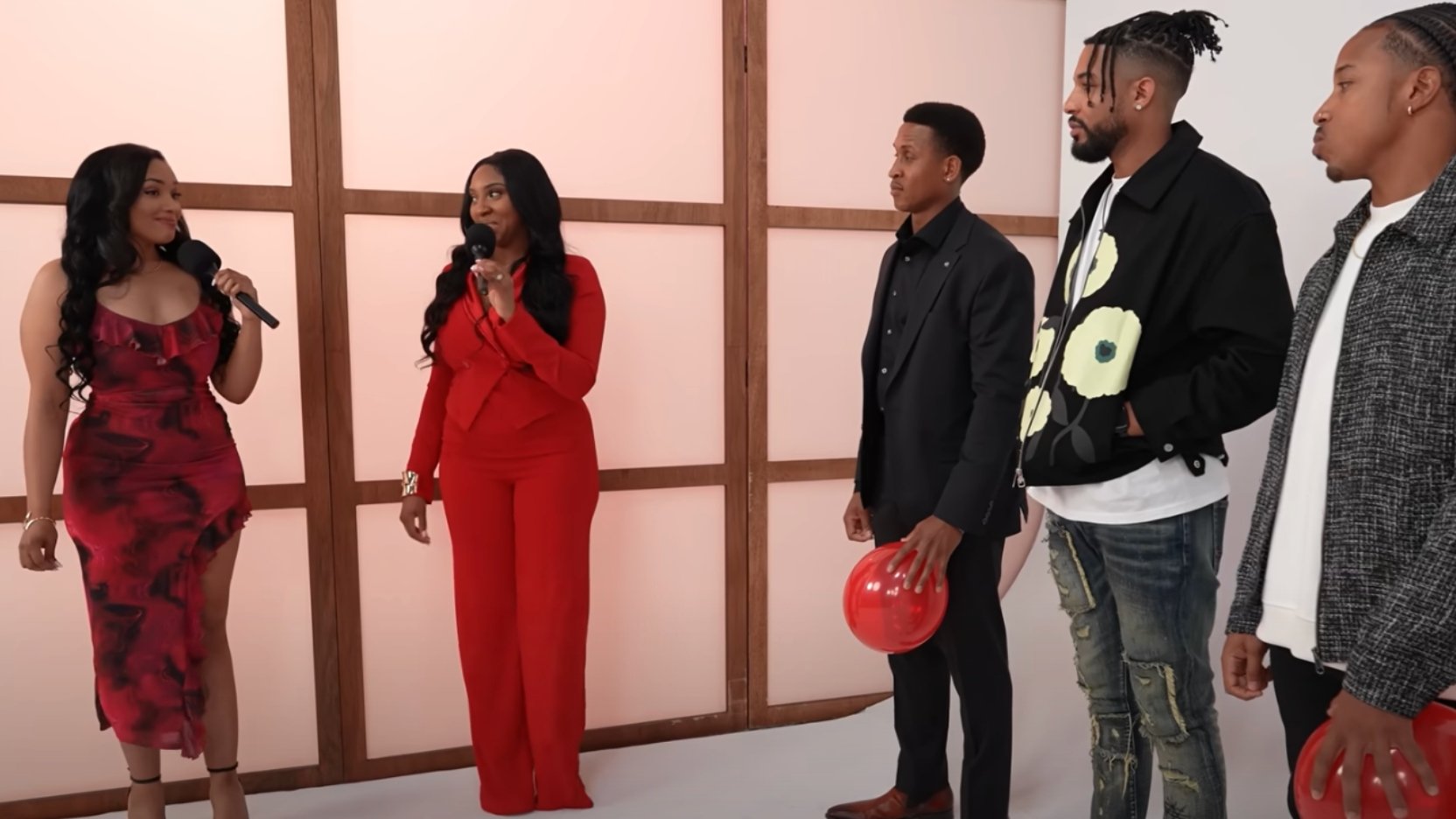Elaine Welteroth reflects on Teen Vogue’s merger and layoffs: ‘It’s a cultural loss’
“Losing Teen Vogue’s newsroom is more than a business decision,’ says Elain Welteroth, who led Teen Vogue’s evolution in 2016.
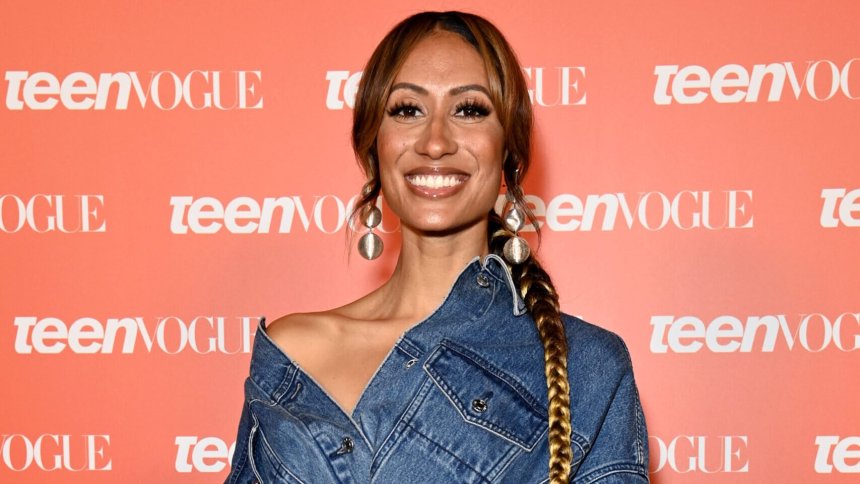
“Losing Teen Vogue’s newsroom is more than a business decision,’ says Elain Welteroth, who led Teen Vogue’s evolution in 2016.
Certain cultural staples have defined girlhood for decades, and for so many of us, Teen Vogue was one of them. It was the glossy guide that helped young women navigate the messy evolution from preteen curiosity to early adulthood confidence. Now, generations of readers are mourning the end of a remarkable era in media.
Yesterday, Condé Nast announced that “Teen Vogue” will be merging into Vogue.com, resulting in mass layoffs, sending talented Black editors like Aiyana Ishmael and Kaitlyn McNab back into the greuling job market. For those who grew up clutching its print issues, the news feels like a pang of nostalgia. But for readers who watched the magazine’s metamorphosis under Elaine Welteroth’s leadership, this loss cuts deeper. It’s the end of a cultural touchstone that proved storytelling could be both youthful and world-shifting.
“Teen Vogue was a once-in-a-generation experiment in what happens when you hand the mic to young people from diverse backgrounds and take their voices seriously,” the former editor-in-chief wrote in a statement on Instagram. “That era set a new standard in media and showed the power of trusting young people with real news and real stories.”
Welteroth’s journey at the publication dates back to 2012, when she became its first Black beauty director. Then, in 2016, Anna Wintour appointed her as the editor-in-chief of “Teen Vogue.” Under her leadership, Teen Vogue evolved into a publication that discussed not only celebrity gossip and fashion trends but also broader social issues. Threading an intentional needle between fashion, culture, and politics during one of the most polarizing times in this country, Welteroth carved out digital and physical spaces that amplified young people’s voices across culture, fashion, politics, and activism.
View on Threads
View on Threads
“Teen Vogue served its audience with such purity of mission and integrity that it adapted its tone and coverage for a reader that needed a safe arena for political discourse,” fashion editor Gabriella Karefa-Johnson commented under Welteroth’s post. “That kind of impact is written [in] ink… try as they might to erase it…”
As Welteroth wrote, “Losing Teen Vogue’s newsroom is more than a business decision — it’s a cultural loss at a time when we need reliable journalism more than ever.” Her words hit even harder when you consider the broader context: mass layoffs at NBC that disproportionately impacted Black journalists, the Vibe and Rolling Stone merger that gutted newsroom diversity, and an administration actively clawing back diversity, equity, and inclusion efforts from nearly every sector.
Young people are feeling the weight of these shifts most. From college campuses to newsfeeds, they’re losing spaces that see them and speak to them. The loss of Teen Vogue isn’t just about a brand disappearing; it’s about losing a space that saw young people not as stereotypes, not as trends, but as complex, brilliant beings. For many, it’s the loss of a vital pipeline for stories told through the lens of youth and identity.
“The spirit of that movement is alive in every young journalist who came through those doors and in every reader who was inspired by their fearlessness. I’ll always be proud of the role Teen Vogue played in shaping culture and civic consciousness,” Welteroth concluded.
Share
What's Your Reaction?
 Like
0
Like
0
 Dislike
0
Dislike
0
 Love
0
Love
0
 Funny
0
Funny
0
 Angry
0
Angry
0
 Sad
0
Sad
0
 Wow
0
Wow
0
